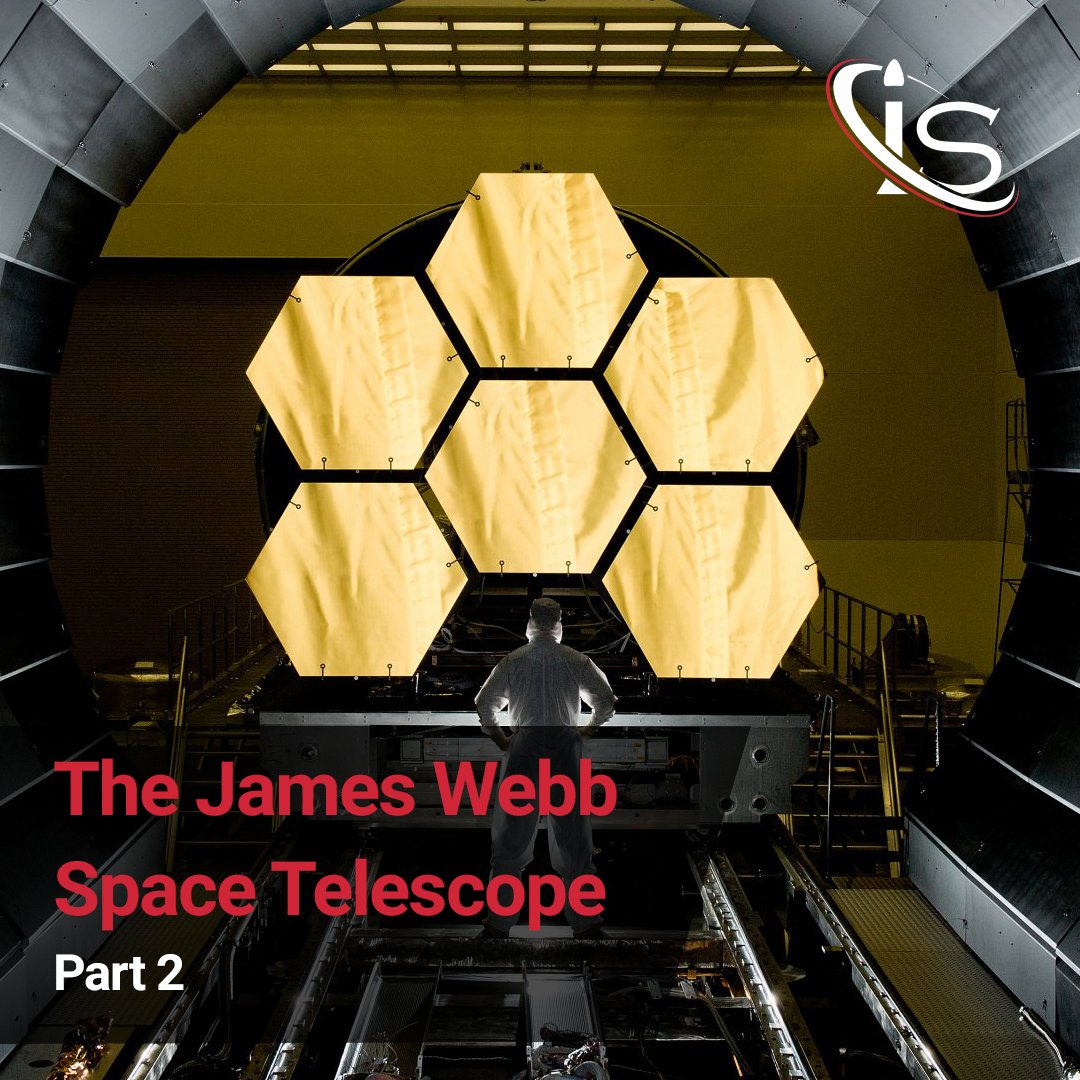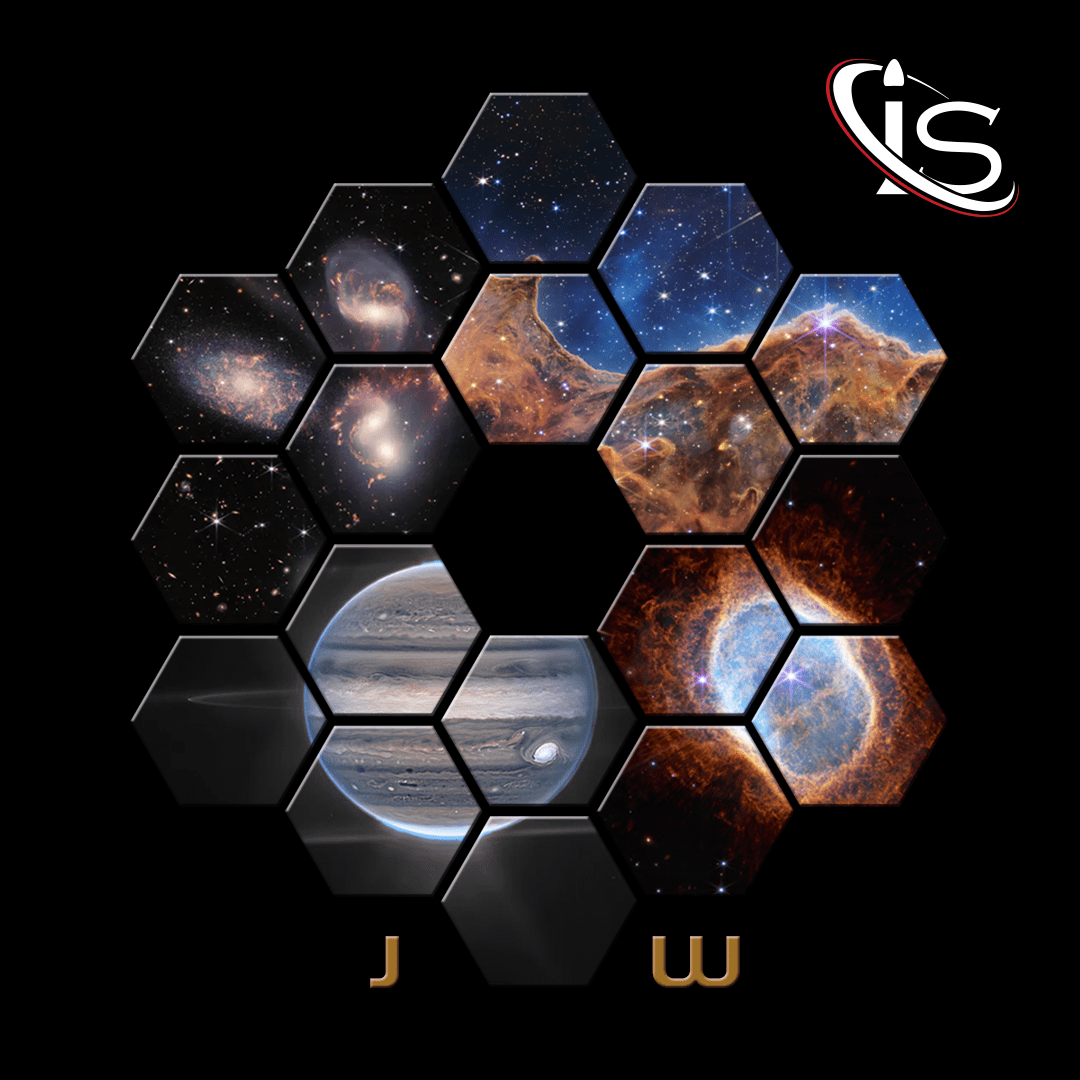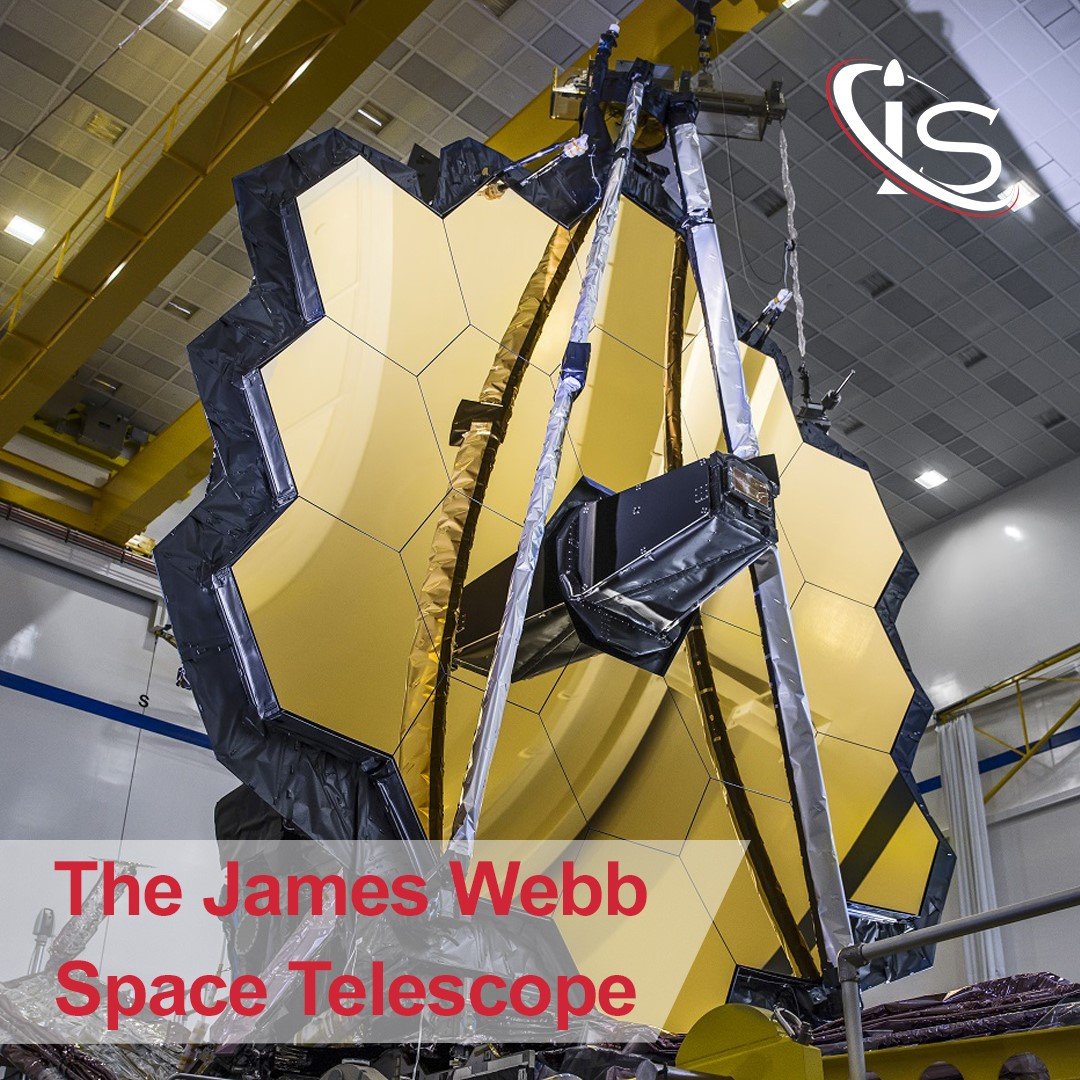We have had three separate capsules dedicated to the newest star of the space landscape, the James Webb Space Telescope. However, as many of you may be aware, this technological marvel had a predecessor. That, of course, is the one and only Hubble Space Telescope. And while this is not going to be a capsule dedicated to that historic machine — let us know if you would like to see that — it is going to be one focused on comparing the two kings of space exploration. We are going to talk objectives, technology, accomplishments, and more, so buckle in. Without further ado, it is time to discuss the two most emblematic telescopes of the modern era. It is time for Hubble vs James Webb!

Origins
Hubble
The Hubble Space Telescope was first deployed back in 1990. After its launch, it was released into space from the Discovery Space Shuttle. And since then, Hubble has not stopped observing the cosmos. A big reason for its very long lifespan is the way its parts are continually replaced with newer ones as they start to age out. But we will discuss that more in a bit.
This incredible telescope got its name from the illustrious astronomer Edwin Hubble, who is responsible for many of the modern concepts relating to cosmology. As a physicist with a concentration in astrophysics, I can safely say that this man is an absolute legend and pioneer of the field. Definitely someone who deserves having the most famous rocket ever named after him.
James Webb
On December 25th, 2021, the world of astronomy got what had to be one of the best Christmas presents of the year: the James Webb Space Telescope had officially launched. In what was one of the most widely followed launches ever, the new posterchild for NASA had taken flight on an Ariane 5 rocket. As of writing this, it has been over a year since that momentous occasion. However, unlike the Hubble Telescope, James Webb is not meant to be serviced throughout its lifespan. Once again, we will get into the details of why shortly. This telescope was, also, named after a famous figure of the space industry: the second administrator of NASA, James E. Webb. And what does the “E” stand for? Edwin, of course! Must be a prerequisite of getting a rocket named after someone.
Mission
This section does not really need to be split up. After all, both Hubble and James Webb share the common objective of observing faraway stars, galaxies, and astronomical objects. Hubble has made some incredible discoveries in this area in its lifetime, such as studying galaxies located 13.4 billion light years away and the supermassive black holes that inhabit them. James Webb has also had some incredible findings in its still short life, with its infrared technology facilitating the observation of faraway objects even more. In particular, Webb has already given some incredible new insight into how stars form.
There is, however, one key difference in the missions for these two telescopes. And it lies in the detection technology they use. Hubble is made to pick up light from the ultraviolet to the near-infrared frequencies. Meanwhile, Webb is designed to observe light ranging from near-infrared to mid-infrared frequencies. This is because the Webb Telescope was constructed with the goal of observing the farthest objects in the cosmos. Something that can only be done via detecting infrared frequencies, since the light from said objects is going to be greatly redshifted. If you are not sure what that means, you can check out our capsule on the JWST here. Another area where the two differ is in James Webb’s focus on exoplanets and finding traces of chemical compounds that could be related to life. Once again, the infrared technology on board was designed with this goal in mind.
Technology
Hubble
As we saw before, the Hubble telescope light detection range is from ultraviolet to near-infrared. The exact wavelengths for it are 115-2500 nm. So, now, let us take a look at some of the numbers behind this machine, all provided by NASA:
| Length | 13.3 m |
| Weight (at launch) | 10,800 kg |
| Weight (post-SM4) | 12,200 kg |
| Diameter (widest point) | 4.3 m |
| Primary Mirror Diameter | 2.4 m |
| Primary Mirror Weight | 828 kg |
| Composition | Ultra-Low Expansion Glass |
| Reflective Coating | 100 nm of aluminum under 25 nm of magnesium fluoride |
| Secondary Mirror Diameter | 0.3 m |
| Secondary Mirror Weight | 12.4 kg |
James Webb
Once again, Webb was designed with the main objective of observing far away stars and galaxies, as well as exoplanets. This is why its detection technology is entirely based around picking up infrared frequencies as efficiently as possible. The range of wavelengths that can be detected by this technology is smaller than Hubble’s, going from 0.6 µm to 28 µm. However, that is by design, as all of Webb’s instruments are specialized in detecting small ranges of light as accurately as possible. This telescope is also equipped with sunshield layers, which are designed to block out the strong infrared light emitted by the Sun, Earth, and Moon.
Furthermore, they are built with ripstops in place, giving them the ability to maintain their structural integrity even if they were to get hit by a micrometeoroid. So, just like with Hubble, let us take a look at the numbers behind James Webb, provided, again, by NASA:
| Segmented Primary Mirror Diameter | 6.6 m |
| 18 Segments | 1.32 m across |
| Area of Mirror | 25 m2 |
| Mass of Mirror | 705 kg |
| Wavelengths | Number of Detectors |
| 0.6-2.5 µm | NIRCam (8) |
| 0.6-5 µm | NIRCam (2), NIRSpec (2), FGS/NIRISS (3) |
| 5-28 µm | MIRI (3) |
Lifespan
Hubble
This is where the Hubble telescope truly shines. Thanks to its deployment in LEO (lower-Earth orbit), Hubble has had its equipment replaced 5 separate times. Although two of those were somewhat connected, being regarded as Servicing Mission 3A and 3B, respectively. Still, over two years passed in between them, so they count as separate missions in my book.
Thanks to the constant renewal of its technology, Hubble has had an incredibly long lifespan. Especially for such a cutting-edge telescope. Over 30 years of service — with no end in sight — is a truly incredible feat. But what about James Webb?
James Webb
As I said at the beginning, the JWST was not designed with the possibility of being serviced throughout its life. The reason for this is its deployment. While Hubble has been orbiting Earth at LEO, Webb sits much farther away at the second Lagrange Point (L2). There is a multitude of reasons for picking that point specifically; however, going in depth about this topic here would stray too far from the point of the capsule. The main idea to grasp is that the L2 optimizes Webb’s ability to pick up on infrared light from faraway objects with the relaying of data back to Earth. Furthermore, it will allow Webb to still orbit the Sun at the same rate as Earth.
Anyway, due to its location relative to Earth, the JWST does not have the ability to have its parts replaced. Therefore, Webb’s lifespan will be much shorter. Still, at a bare minimum, it will last 5 years, with the goal being to have it roaming the skies for more than 10.
Discoveries
Both satellites have already had incredible findings for the field of astronomy. Of course, just by the nature of its lifespan so far, Hubble has made more discoveries. However, thanks to their different cameras, deployment, and objectives Hubble and Webb will continue to help scientists unveil the deepest secrets of the universe. If anything, these two will be able to complement each other’s discoveries, leading to a fuller, more complete picture of the cosmos and their inner workings.
But, this will do it for our comparison of what may very well be the two most famous telescopes of the modern era. Next week is going to be another science capsule, dedicated to understanding how the aerospace industry affects pollution. Some myths will probably be debunked, so I suggest checking back here, at impulso.space, next Wednesday. That capsule will also be a part 1 of 2, since the week after we are going to delve into how more and more rockets are becoming environmentally friendly. If you are interested in the aerospace industry at all, these are two articles that you will not want to miss.





